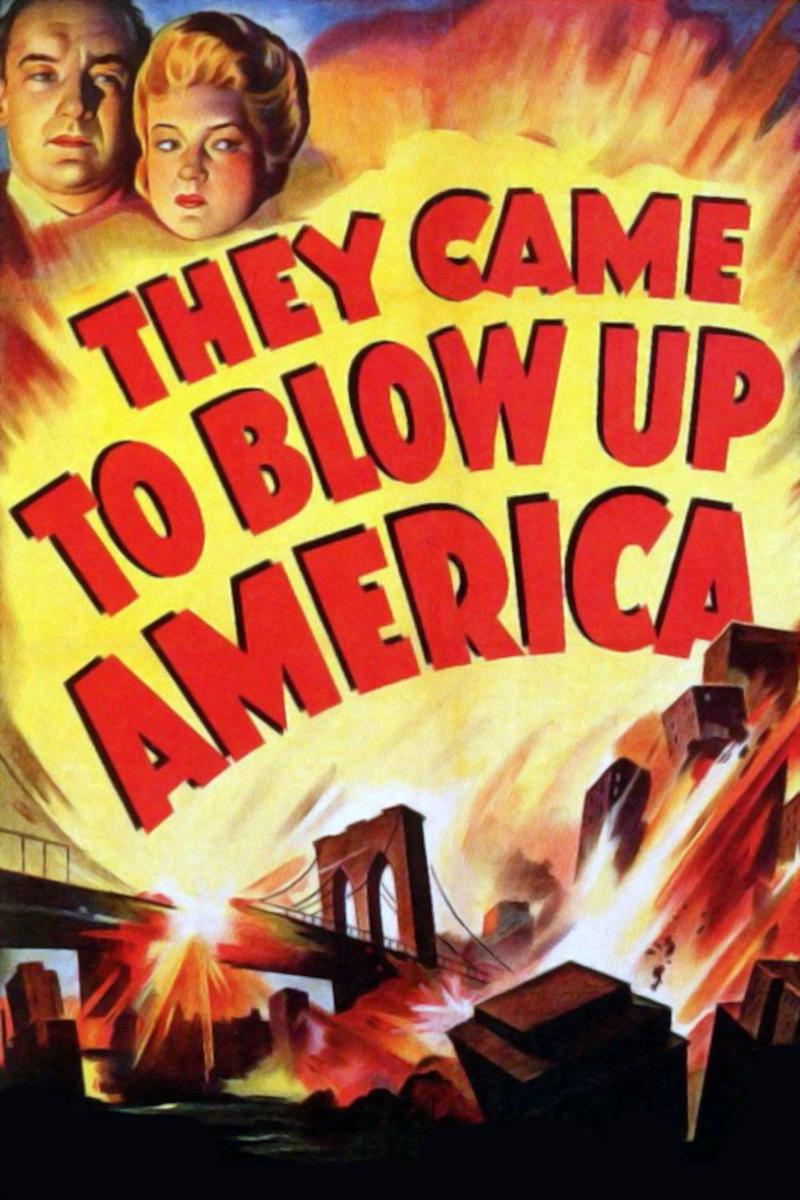Plot and Structure
- The film is based on true events from World War II.
- Carl Steelman is an American protagonist tasked with infiltrating Nazi saboteurs.
- The story employs flashbacks to narrate Carl Steelman’s covert operations.
- A blend of suspense and patriotic themes pervades the narrative, capturing the WWII era.
Characters and Performances
- George Sanders plays Carl Steelman, embodying both American values and espionage intrigue.
- Supporting characters include notable performances by Anna Sten and Ward Bond.
- The film deals with familial dynamics underlined by Steelman’s German heritage.
Themes and Motifs
- Patriotism and loyalty are central themes underscoring the narrative.
- The necessity of deception and moral quandaries is highlighted.
- The film reflects the urgency and paranoia of wartime America.
Historical Context
- Set during World War II, it portrays the tension between American and Nazi forces.
- The storyline mirrors actual espionage attempts by German spies in America.
- The film’s release during the war confirms its propagandistic purpose.
Cinematic Techniques
- The narrative employs a suspense-filled tone, characteristic of wartime thrillers.
- The use of flashbacks enhances the mystery and suspense elements of the plot.
-
Lighting and cinematography reflect the somber mood of wartime narratives.
Lighting and cinematography were key tools in shaping the somber mood characteristic of wartime narratives, particularly in films released during World War II. The chiaroscuro style—marked by stark contrasts between light and shadow—mirrored the duality of the era, symbolizing moral ambiguity and the ever-present tension between hope and despair. Low-key lighting, often associated with film noir, intensified the emotional weight of scenes, casting long shadows to evoke feelings of danger, uncertainty, and loss.
The careful framing of characters against dimly lit environments further emphasized themes of isolation, secrecy, and moral conflict. Cinematographers used tight, oppressive compositions to reflect a world constrained by war and espionage, immersing audiences in the psychological pressures of the time. By blending these visual techniques, the film effectively communicated the collective anxieties of a society grappling with global conflict, offering both an aesthetic and emotional resonance with its viewers.
♠
Found a bug? Have some other thoughts on this tool? Let me know here →






